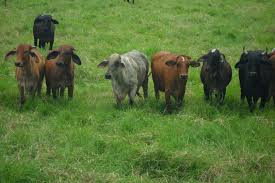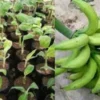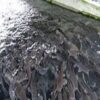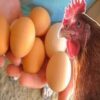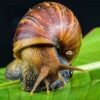Defoliation is a significant pasture management practice in Nigeria. It involves cutting the shoots of pasture species using manual or mechanical methods to facilitate re-growth. The newly grown forage after defoliation is typically more nutritious than the defoliated part.
This practice helps the farmer recover more forage material for future use. However, the amount of forage to be defoliated depends on the pasture species, as some species can withstand defoliation better than others. This can be assessed based on the reaction of pasture species after defoliation.
Read Also: How to Grow Paw-Paw (papayas): Beginners Business Guide
Frequency Of Defoliation in Pasture Species For Optimal Growth
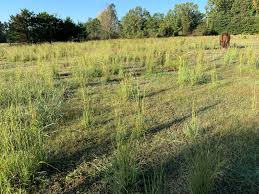
Pastures can be defoliated either frequently or infrequently, depending on the desired management outcome. Frequent defoliation refers to cutting the pasture at specific intervals, such as every two weeks.
Infrequent defoliation, on the other hand, involves defoliating at varying time intervals, such as one, three, or four weeks. In this case, there is no fixed schedule for defoliation. The frequency of defoliation is determined by how the pasture reacts to grazing or defoliation.
Intensity of Defoliation in Pasture Species and Its Impact
The extent of defoliation depends on the management practices and growth habit of the pasture species. Some pasture species can be defoliated at a height of 10cm to 15cm above the soil, while others may only tolerate defoliation up to 5cm above the soil.
If the pasture sward is dense, more intense defoliation is possible. However, if the pasture sward is sparse, intense defoliation is not advisable as it may damage the pasture’s growth and productivity.
Read Also: How To Grow Apple Trees
Morphological Structure of Pasture Species and Its Influence On Defoliation
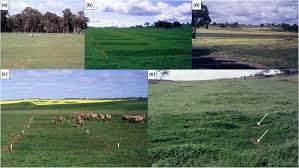
The defoliation process is influenced by the morphological structure of the pasture species. Species that grow erect are more suitable for defoliation using mechanical methods, such as tractors.
Examples of such species include Brachiaria brizantha, Desmodium intortum, and Andropogon gayanus. Conversely, species like Mucuna pruriens, Stylosanthes hamata, and Centrosema pascuorum grow horizontally and are better suited for grazing by livestock.
Defoliating such forage species is not recommended, as it could lead to leaf losses and shattering during the process.
This article has explained that pastures can be defoliated either frequently or infrequently, depending on the management approach. The intensity of defoliation is influenced by the choice of management practices.
The anatomical structure and growth habit of the pasture species also play a crucial role in determining the suitability and effectiveness of defoliation.
Do you have any questions, suggestions, or contributions? If so, please feel free to use the comment box below to share your thoughts. We also encourage you to kindly share this information with others who might benefit from it. Since we can’t reach everyone at once, we truly appreciate your help in spreading the word. Thank you so much for your support and for sharing!

